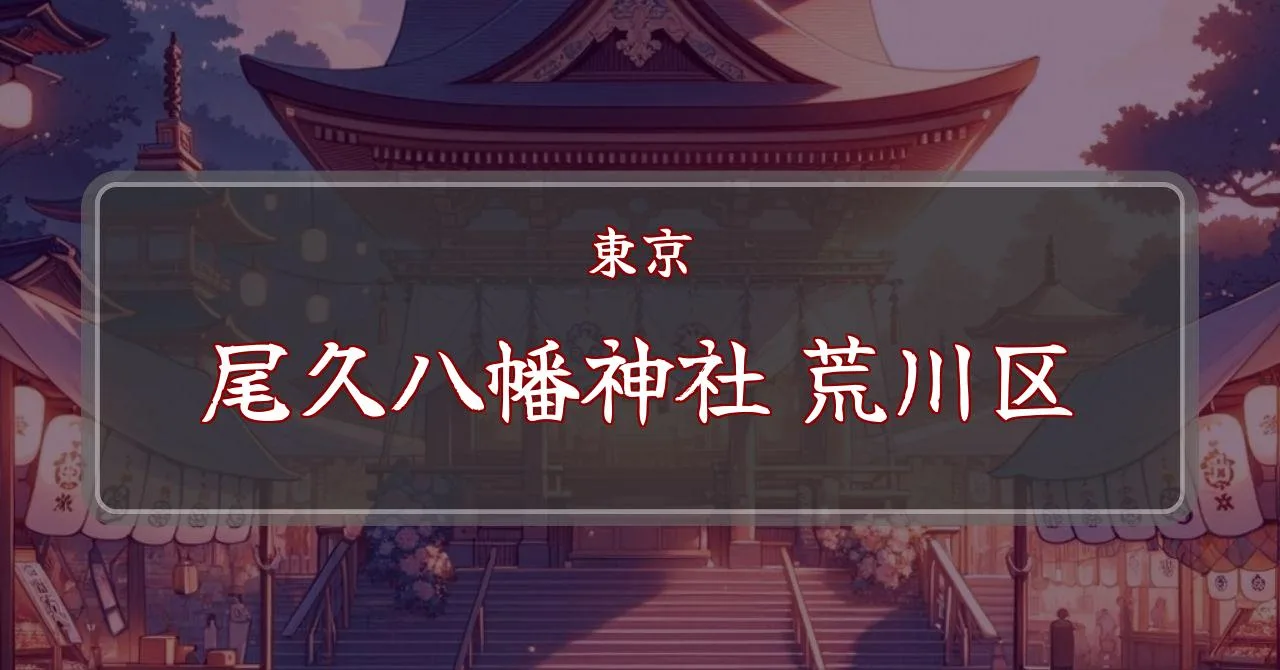2025年!落合白山神社例大祭で神々しい夏の思い出を!
イベントの概要
2024年9月7日(土)、東京都多摩市落合にある落合白山神社境内で、「第44回落合夏祭盆踊り大会」が開催されます! 今年で44回目を迎える歴史あるこのお祭りは、子供も大人も楽しめる企画が盛りだくさん。午前10時からは、子供たちが大興奮間違いなしの遊び広場が登場!ボールプールやストラックアウト、バスケットボールなど、様々なボール遊びで一日中楽しめます。さらに、先着200名の子どもにはポップコーンのプレゼントも!
特別な体験として、消防車乗車体験や防火服を着ての記念撮影も!普段なかなかできない貴重な体験は、子供たちの夏の思い出作りにぴったりです。キッチンカーも多数出店し、美味しいグルメも堪能できます。そして、夕方5時からは、地元住民による盆踊り大会!夏の夕暮れに響き渡る音色と、一緒に踊る楽しさで、心温まるひとときを過ごしましょう。
開催時間は午前10時から午後7時まで。アクセスは小田急・京王多摩センター駅から徒歩10分です。 家族で、友達と、大切な人と、忘れられない夏の思い出を落合白山神社で作りませんか? 第44回落合夏祭盆踊り大会実行委員会(落合自治連合会・多摩センター商店会)主催。
基本情報
- 開催日:2024年9月7日(土)
- 開催時間:10:00~19:00
(遊び広場:10:00~16:00、盆踊り:17:00~19:00) - 住所・開催場所:東京都多摩市落合2丁目2番地1 落合白山神社境内
- アクセス:小田急・京王多摩センター駅から徒歩10分
- 主催:第44回落合夏祭盆踊り大会実行委員会(落合自治連合会・多摩センター商店会)
主なイベント
第44回落合夏祭盆踊り大会では、子供から大人まで楽しめる様々なイベントが用意されています。午前中は子供たちが主役の遊び広場、午後は地域住民が参加する盆踊り、そして終日楽しめるキッチンカーと、一日を通して賑やかなお祭りです。
子供向け遊び広場
午前10時から午後4時まで、子供たちのための遊び広場が設けられます。ボールプールで思いっきり遊んだり、ストラックアウトやバスケットボールで腕試しをしたりと、様々なアクティビティが楽しめます。 さらに、お祭りへの参加者である子供たちへのプレゼントとして、先着200名にポップコーンが配布されます! パンフレットにもスーパーボールすくいのようなイラストが掲載されており、他にも子供たちが楽しめる企画が隠されているかもしれません。
- ボールプール
- ストラックアウト
- バスケットボール
- ポップコーンプレゼント(先着200名)
- その他、子供向け企画多数
消防車体験
迫力満点の消防車が会場にやってきます!消防車への乗車体験や、消防士が着用する防火服を着ての記念撮影など、普段できない貴重な体験ができます。子供たちにとって忘れられない思い出になること間違いなしです。
- 消防車乗車体験
- 防火服着用記念撮影
キッチンカー
午前10時から午後7時まで、様々なジャンルのキッチンカーが出店します。定番の屋台グルメから、こだわりの創作料理まで、バラエティ豊かなメニューが勢揃い。お祭りの雰囲気をさらに盛り上げる、美味しい食べ物がたくさんあります!
- 多様なグルメを提供するキッチンカーの出店
- 10:00~19:00営業
盆踊り
午後5時から午後7時までは、地元住民が参加する盆踊り大会です。夏の夕暮れに響き渡る音色と、地域の人々との交流を通して、心温まるひとときを過ごせます。盆踊りシーズンの締めくくりとして、夏の思い出をさらに素敵なものにしてくれるでしょう。
- 地元住民による盆踊り
- 17:00~19:00開催
アクセス方法
落合白山神社へのアクセスは、小田急線・京王線多摩センター駅から徒歩で約10分です。多摩センター駅からは、比較的平坦な道を歩くことができます。駅周辺には案内表示もありますので、迷うことなくたどり着けるでしょう。 お車でお越しの際は、下記の駐車場情報をご確認ください。
- 小田急線・京王線多摩センター駅より徒歩約10分
駐車場情報
落合白山神社には、専用の駐車場がありません。お車でお越しの際は、近隣の有料駐車場をご利用ください。 お祭り開催日は特に混雑が予想されますので、公共交通機関のご利用を推奨します。
- 神社に駐車場はありません。
- 近隣の有料駐車場をご利用ください。
- 公共交通機関の利用を推奨します。
その他の情報
当日は、動きやすい服装でお越しください。小さなお子様連れの方は、帽子や飲み物など、熱中症対策を万全にしてお越しください。天候に左右されるイベントですので、開催日当日の天候予報を確認の上、雨具など必要なものをご準備ください。




